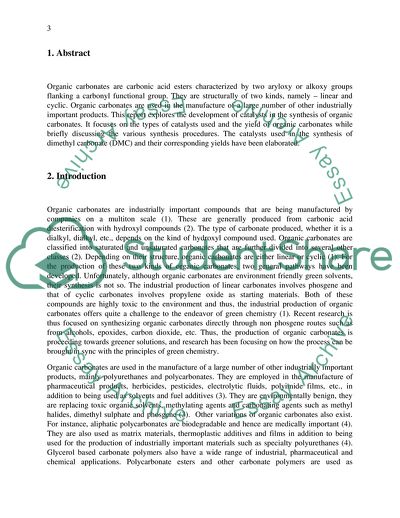Cite this document
(Catalysts Used in Synthesis of Organic Carbonates Research Paper, n.d.)
Catalysts Used in Synthesis of Organic Carbonates Research Paper. https://studentshare.org/chemistry/1803442-current-applications-and-development-of-catalyst-for-the-synthesis-of-highly-functional-organic-carbonates
Catalysts Used in Synthesis of Organic Carbonates Research Paper. https://studentshare.org/chemistry/1803442-current-applications-and-development-of-catalyst-for-the-synthesis-of-highly-functional-organic-carbonates
(Catalysts Used in Synthesis of Organic Carbonates Research Paper)
Catalysts Used in Synthesis of Organic Carbonates Research Paper. https://studentshare.org/chemistry/1803442-current-applications-and-development-of-catalyst-for-the-synthesis-of-highly-functional-organic-carbonates.
Catalysts Used in Synthesis of Organic Carbonates Research Paper. https://studentshare.org/chemistry/1803442-current-applications-and-development-of-catalyst-for-the-synthesis-of-highly-functional-organic-carbonates.
“Catalysts Used in Synthesis of Organic Carbonates Research Paper”. https://studentshare.org/chemistry/1803442-current-applications-and-development-of-catalyst-for-the-synthesis-of-highly-functional-organic-carbonates.


